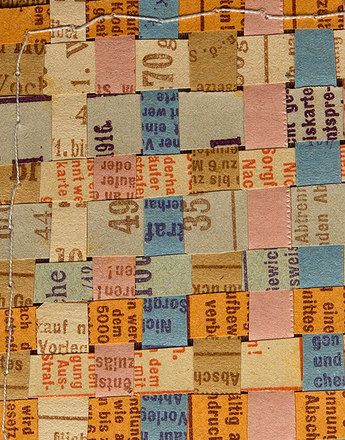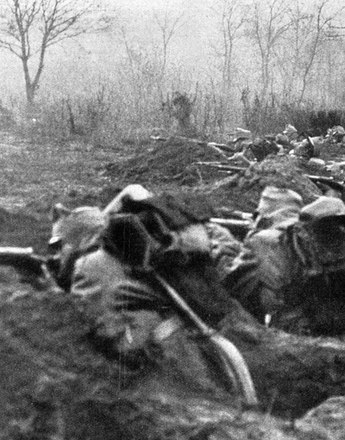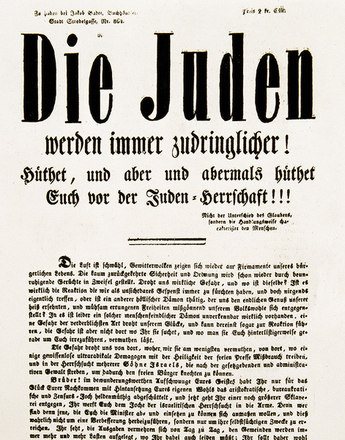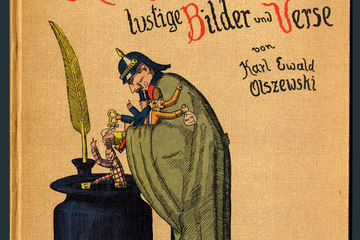Maximilian Ritter von Hoen
Maximilian Ritter von Hoen was the director of the War Archive and between 1914 and 1917 the director of the Austro-Hungarian War Press Headquarters (KPQ). In this function, he was responsible for monitoring and censoring the press and implementing propaganda measures.










